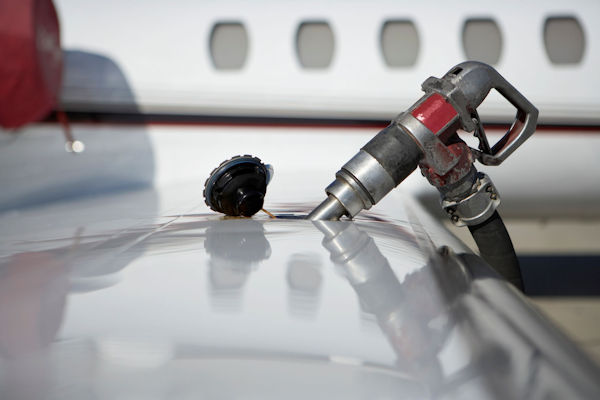The Four Types of Oil
When spilled, the various types of oil can affect the environment differently. They also differ in how hard they are to clean up. Spill responders group oil into four basic types, which you can see here, along with a general summary of how each type can affect shorelines.

Type 1: Very Light Oils (Jet Fuels, Gasoline)
- highly volatile (should evaporate within 1-2 days)
- high concentrations of toxic (soluble) compounds
- localized, severe impacts to water column and intertidal resources
- no cleanup possible
Type 2: Light Oils (Diesel, No. 2 Fuel Oil, Light Crudes)
- moderately volatile and will leave residue (up to one-third of spill amount) after a few days
- moderate concentrations of toxic (soluble) compounds
- will "oil" intertidal resources with long-term contamination potential
- cleanup can be very effective
Type 3: Medium Oils (Most Crude Oils)
- about 1/3 will evaporate within 24 hours
- oil contamination of intertidal areas can be severe and long-term
- oil impacts to waterfowl and fur-bearing mammals can be severe
- cleanup most effective if conducted quickly
Type 4: Heavy Oils (Heavy Crude Oils, No. 6 Fuel Oil, Bunker C)
- little or no evaporation or dissolution
- heavy contamination of intertidal areas likely
- severe impacts to waterfowl and fur-bearing mammals (coating and ingestion)
- long-term contamination of sediments possible
- weathers very slowly
- shoreline cleanup difficult under all conditions
Knowledge Check Choose the best answer for the question.
2-2. How much spilled medium type crude oil should evaporate in 24 hours?
You forgot to answer the question!
